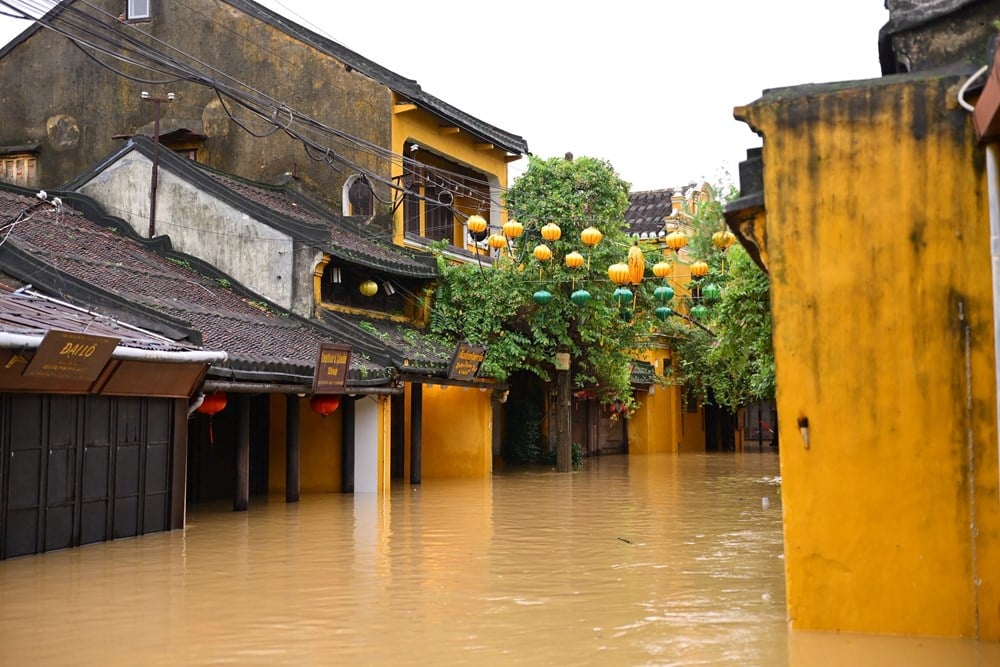
The ancient town of Hoi An has been surrounded by floodwaters for many days.
From the morning of October 26, floodwaters began to rise, and until October 30, many areas in Hoi An ancient town and its suburbs were still submerged in floodwaters. Floodwater levels in Hoi An in recent days have fluctuated at 3.17m (equal to the 2017 flood peak), and at times at 3.5m (higher than the historic flood peak in 1964). All central roads in the ancient town are deeply flooded, and can only be traveled by boat.
Within the protected area of Hoi An heritage, there are more than 1,100 ancient houses, relics, museums... Among them are many important relics, many ancient houses hundreds of years old are deteriorating and need urgent restoration and conservation. After many days of being submerged in floodwaters, the ancient house relics, which were already "fragile", are even more dilapidated, with a high risk of mold.
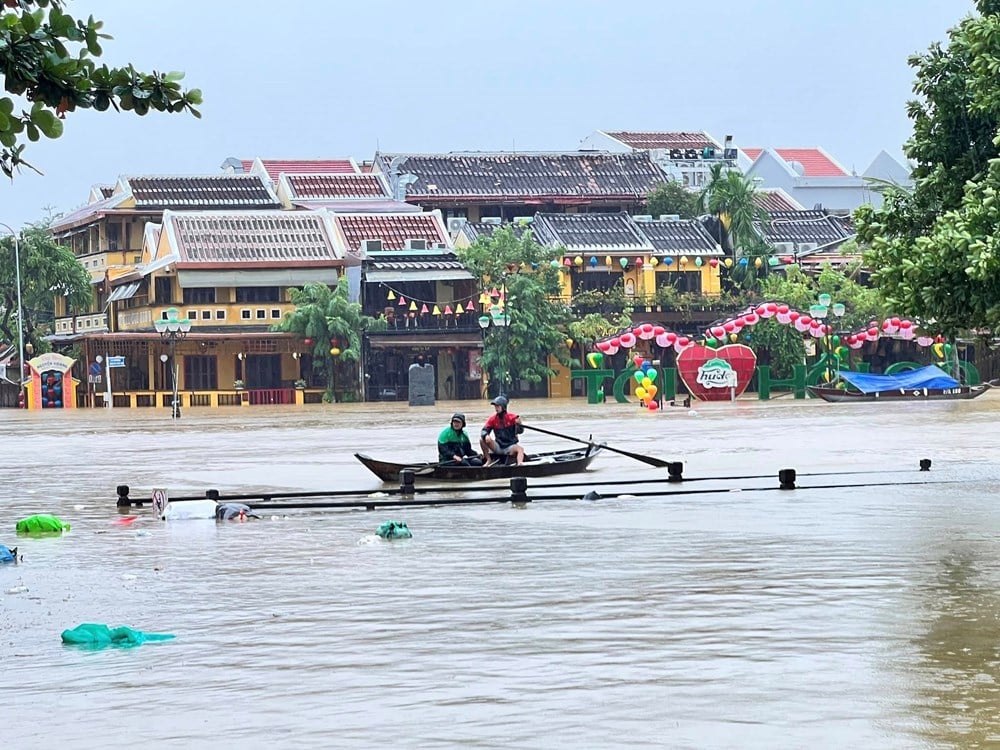
Many old houses were submerged in flood water.
Before the floodwaters came, the specialized departments of the Hoi An World Cultural Heritage Conservation Center (Center) urgently supported and raised assets and artifacts at relic sites; moved and protected valuable artifacts on display at the museum system in the old town. Documents and artifacts at risk of being damaged by flooding were packaged, classified and brought to safe upper floors; covered and isolated for display; glass cabinets and fixed wooden shelves were wrapped in plastic, covered with waterproof tarps and raised high above the floor to prevent water from flooding. People living in ancient houses also urgently raised their furniture, moved assets away from low-lying areas, and reinforced areas prone to flooding in the houses to limit damage when floods come.
A new point in flood prevention work this year is the installation and operation of a sensor system for monitoring water and environmental monitoring of the ancient urban heritage of Hoi An. It is known that this is one of the items of the Hoi An Ancient Town Fire Prevention and Fighting Project approved for investment by the People's Committee of the former Quang Nam province.
Mr. Pham Phu Ngoc, Deputy Director of the Center, said that flood prevention is one of the annual tasks that the unit plans, trains officers and employees, and deploys plans in advance for situations. The goal of the unit is to not let artifacts and relics be damaged by natural disasters.
Mr. Nguyen Huynh Khoa, a resident of Hoi An ancient town, said: Hoi An people are familiar with and have experience in dealing with floods and storms. But they did not expect this flood to rise so quickly, inundate so deeply and last for many days, exceeding the historical flood level of 1964.
Many households living and doing business in ancient houses in Hoi An said that at first, everyone tried to raise goods and valuable assets according to the forecast levels. But then, the floodwaters rose quickly, and even though they stayed up all night to clean up, it was too late. Many families had to evacuate and move to a safe place because of the deep flooding. Goods and assets had to be abandoned. Many stores had their doors barricaded, but the floodwaters tore the doors open, and the goods were helplessly carried away.
The authorities, officers and staff of the Center are also ready with plans to focus on cleaning up and sanitizing the environment in the old quarter as soon as the flood recedes. Support people in cleaning their houses and cleaning the environment after the flood recedes. Focus on checking the damage, if any, at the relics to have plans to preserve, reinforce and avoid damage during the rainy and flood seasons.
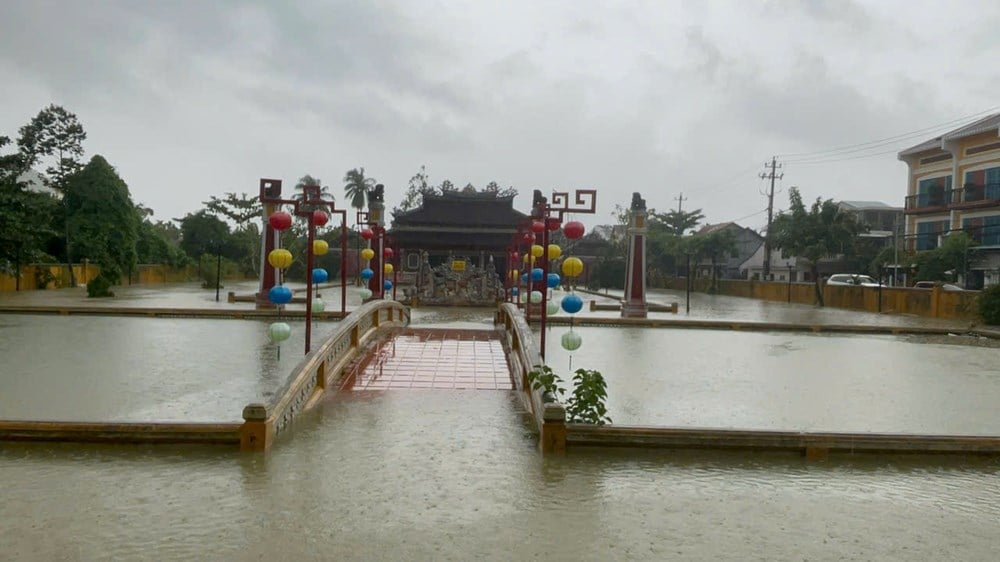
Monuments are also threatened by floodwaters.
It is known that before each flood season, Hoi An conservation agency also carries out inspections and strengthens the implementation of storm and flood prevention measures for degraded relics in the old town, including relics that the Center supports, or relic owners themselves provide additional support.
Localities also contacted some owners of ancient houses in disrepair to proactively check and support their relics before the storm and flood season. There were plans for restoration and repair, measures to cover the outside and hang danger signs, not to be used until the relics were restored and repaired to safety;….
In case the owner of the relic does not have wood to support it, contact the Center to borrow wood to support it, in order to limit the negative impact on the relic when a natural disaster occurs; proactively move to a safe place when a storm or flood occurs, do not live in dangerous locations due to the deterioration of the relic or house, etc.
Source: https://baovanhoa.vn/van-hoa/hoi-an-khan-truong-gia-co-bao-ve-di-tich-nha-co-sau-lu-178192.html



![[Photo] Prime Minister Pham Minh Chinh attends the 5th National Press Awards Ceremony on preventing and combating corruption, waste and negativity](https://vphoto.vietnam.vn/thumb/1200x675/vietnam/resource/IMAGE/2025/10/31/1761881588160_dsc-8359-jpg.webp)


![[Photo] Da Nang: Water gradually recedes, local authorities take advantage of the cleanup](https://vphoto.vietnam.vn/thumb/1200x675/vietnam/resource/IMAGE/2025/10/31/1761897188943_ndo_tr_2-jpg.webp)

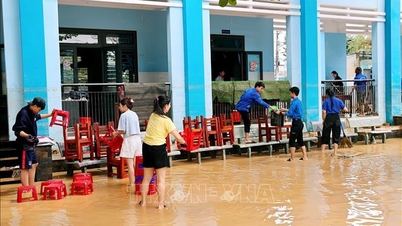

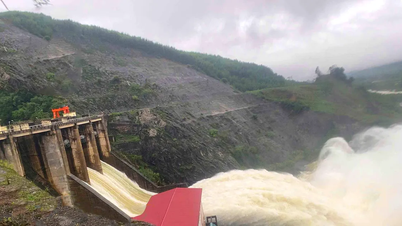

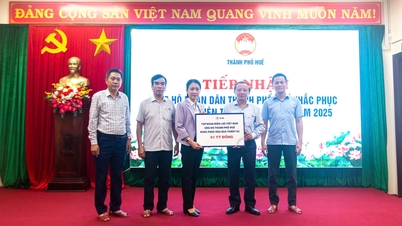

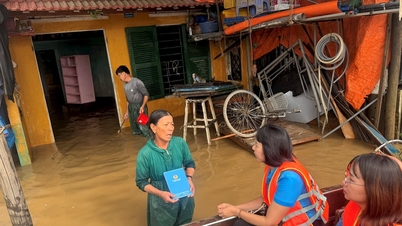


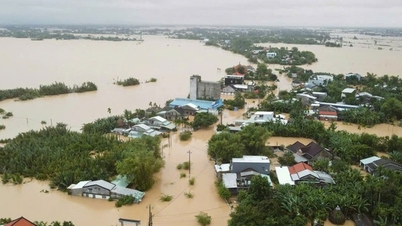




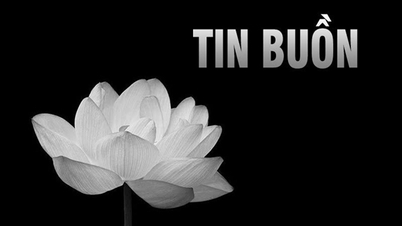



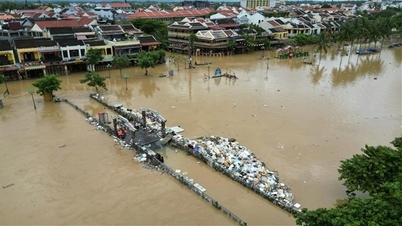







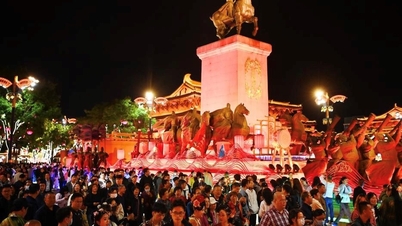





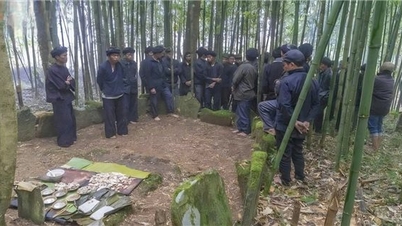

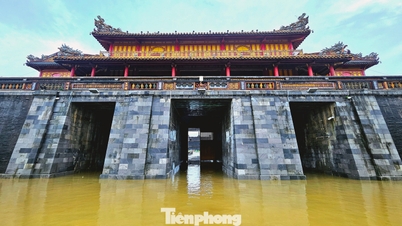

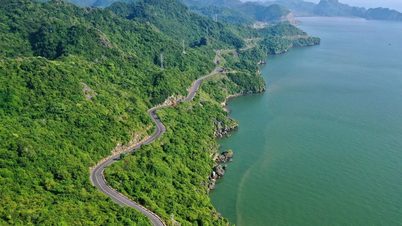

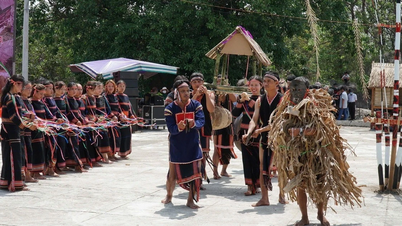


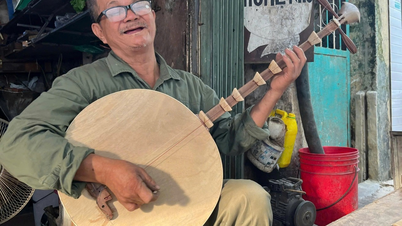









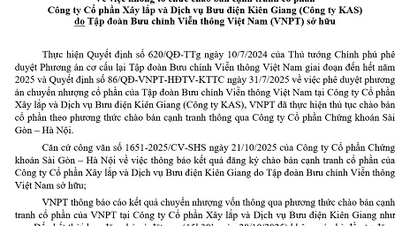


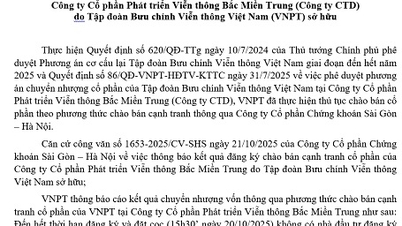
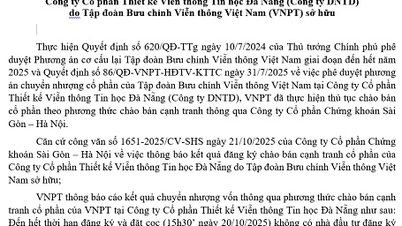






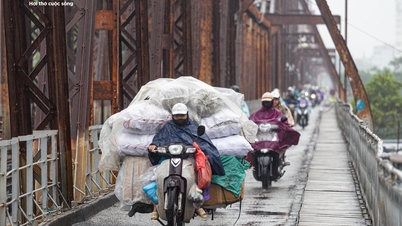





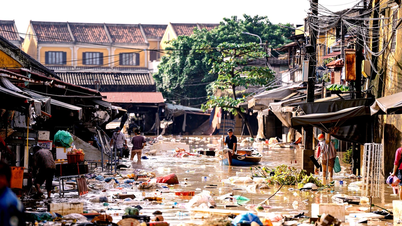

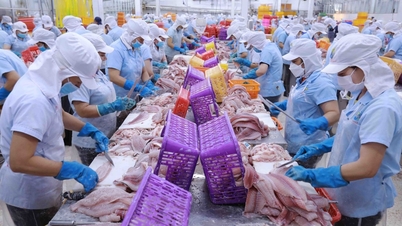



























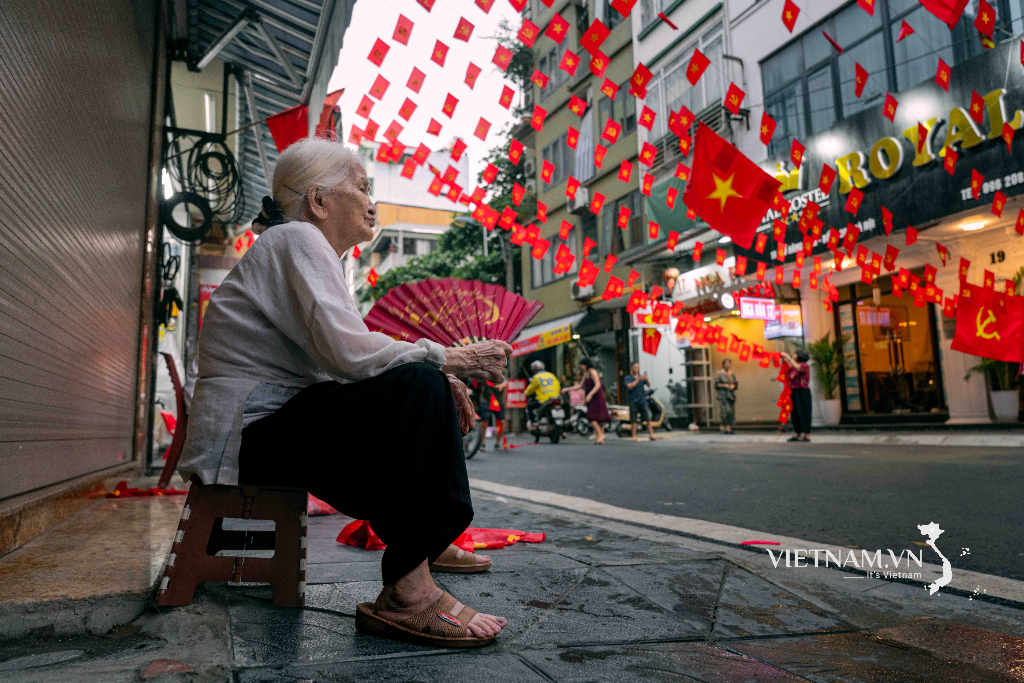



Comment (0)